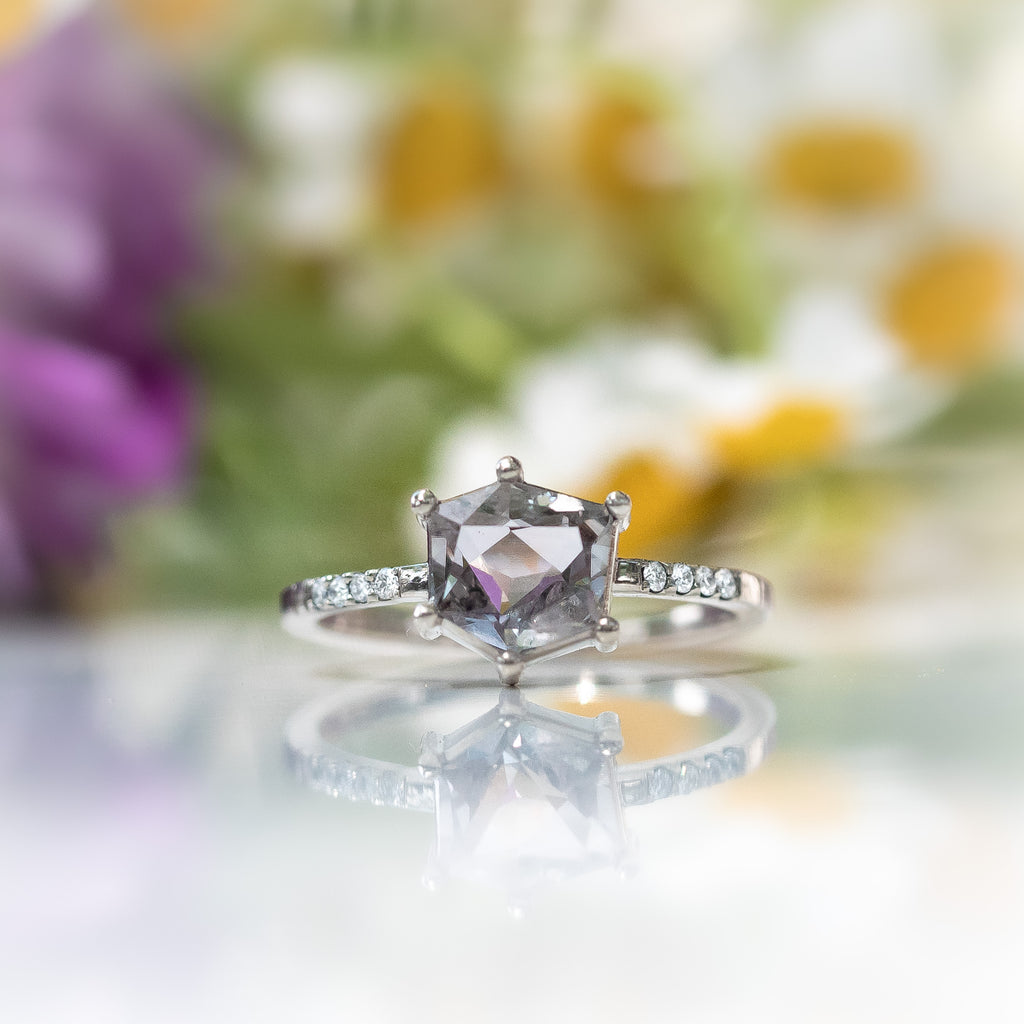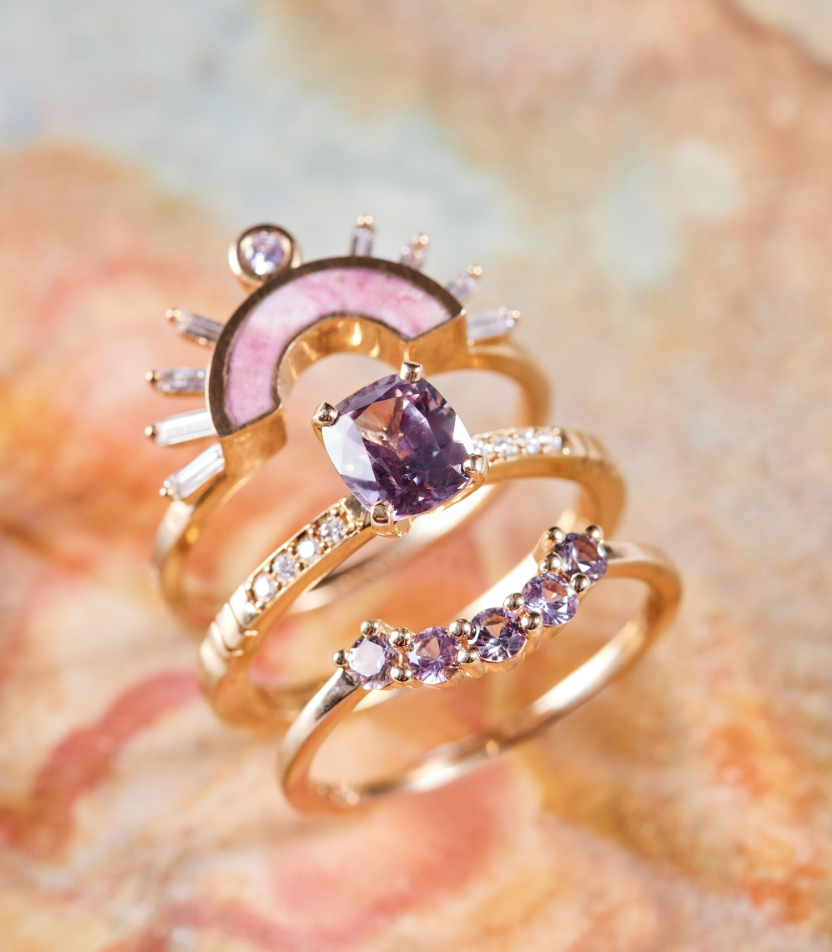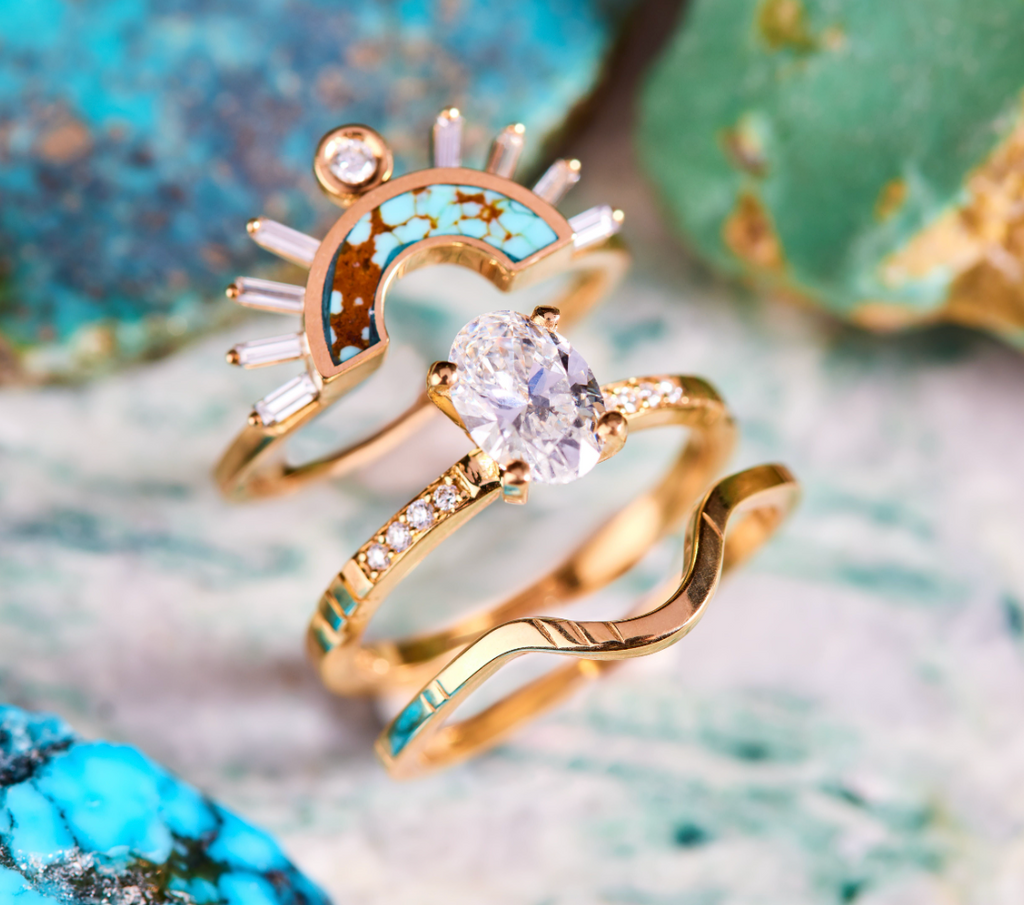Ethical jewelry: a complete guide to ethically sourced fine jewelry
Young In The Mountains is the most ethically sourced jewelry you can find

When buying jewelry, it's important to be aware of your purchase's ethical and environmental implications. But with a little research, you can find ethically sourced and environmentally friendly jewelry that matches your dedication to your unique values.
What is ethical jewelry?
This jewelry has been sourced and manufactured in a way that does not exploit workers or damage the environment. It includes using recycled or fair trade materials and ensuring that working conditions are safe and workers get a living wage.
The different types of ethical jewelry
Ethical jewelry
Ethical jewelry is made with sustainable materials and known origin gemstones. The artists who create ethical jewelry are paid a generous wage and work in safe conditions. Furthermore, the company behind ethical jewelry must be transparent about its supply chain.
Recycled jewelry
Recycled jewelry is made from recycled materials, such as recycled gold or silver. This type of jewelry often has a unique look as it is remade into new pieces.
Vintage and antique jewelry
While not all vintage and antique jewelry is ethically sourced originally, the fact is that it has a new life and can be purchased without additional mining or resource extraction.
Human rights in the jewelry supply chain
There is a dark side to the jewelry industry. Blood diamonds, child labor, and unsafe working conditions are all too common in the jewelry supply chain. The Kimberly Accord has done much work to combat these elements but still has far to go. We choose not to use the term, “ Conflict Free,” regarding our diamonds but they are all Kimberly Certified. We believe more can be done by the Kimberly organization before the term can be used truthfully.
The environmental impact of the jewelry industry
The most significant environmental impacts of the jewelry industry come from mining and manufacturing operations.
Mining jewelry requires large amounts of water, energy, and chemicals to extract metals and gemstones from the earth. These activities can result in pollution and habitat destruction.
Many mining and manufacturing processes that create jewelry generate harmful emissions and waste products. For example, gold is often mined using cyanide, a toxic chemical. Gold refining also produces hazardous waste, while platinum production emits nickel, a known carcinogen.
Luckily, some companies are becoming more environmentally friendly in their mining and manufacturing practices. For example, some gold mines use cyanide-free gold extraction methods.
The significance of certification and transparency in ethical jewelry
Certification and transparency are key in ensuring ethical jewelry is available to consumers. Certification ensures that a piece of jewelry has been sourced from an environmentally and socially responsible mine. Transparency policies allow consumers to see where their jewelry comes from and how it was made.
The importance of ethically sourced jewelry
- It helps to ensure that workers in the jewelry & Mining industries are paid fairly and treated well.
- It helps to protect the environment by using sustainable methods and materials.
- It supports local economies by buying from small businesses and artisans.
How to find ethical jewelry brands
When purchasing ethical jewelry, you can do a few things to ensure you buy from a reputable and responsible source.
- Do your research.
- Look for certification or group membership like the Ethical Jewelry Council.
- Consider the materials used – not just the metal, but all parts of the jewelry.
- Ask questions: if you're unsure about a company's policies or practices, don't hesitate to reach out and ask them directly.
If you're searching for unique, ethically-made fine jewelry from a transparent company, you want to look no further than Young In The Mountains!



